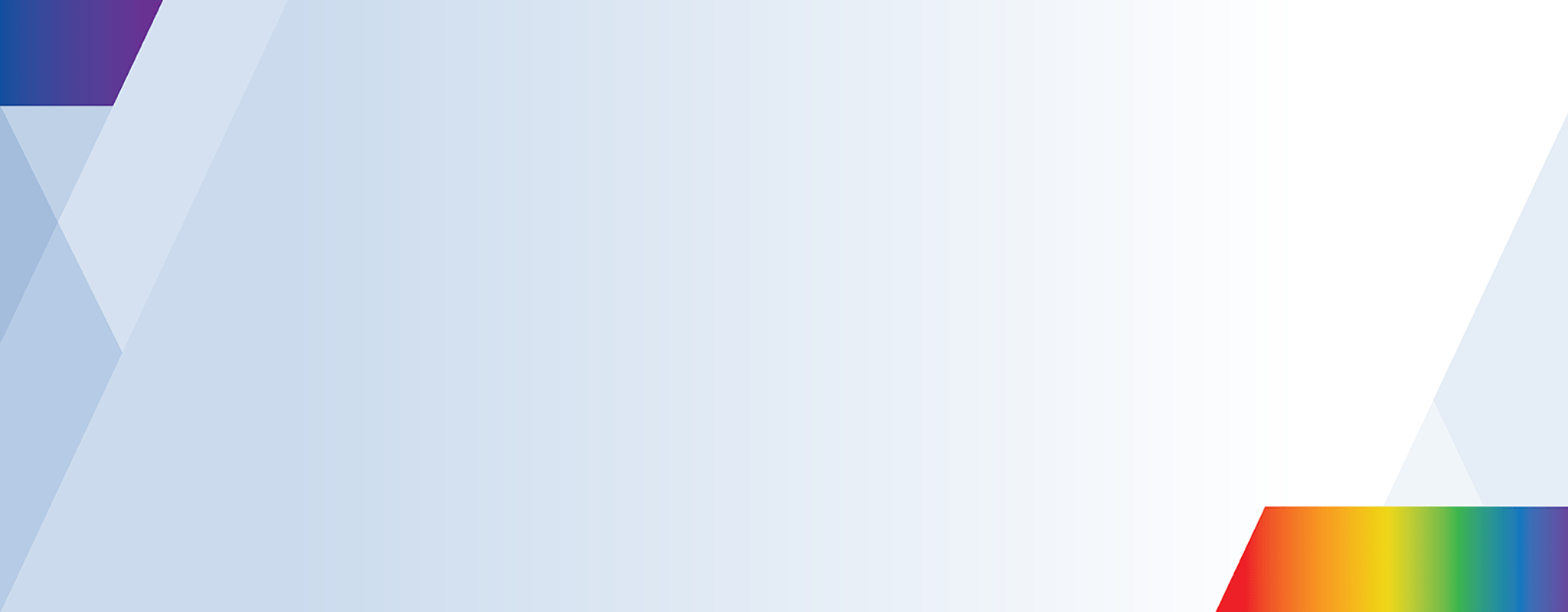Understanding LGBTIQ+
LGBTIQ+ is a shortened form widely used to collectively describe three distinct attributes: sexual orientation, gender identity and sex characteristics.
Although LGBTIQ+ people do not constitute a single demographic, they are frequently grouped together because of their shared experience of prejudice and social exclusion. This can be the result of homophobia or the discriminatory treatment suffered by those who fall outside expected binary sex and gender norms.1
This version of the rainbow flag is used across the Victorian Government and includes black and brown stripes at the top.
In Victoria, the black, which should be shown on top, signifies Aboriginal and Torres Strait Islander people, and the brown is to show support and respect for people of colour in LGBTIQ+ communities.
Transgender
Someone whose gender does not align only with the one assigned at birth. Not all trans people will use this term to describe themselves.2
Gender diverse
Gender diverse is an umbrella term for a range of genders expressed in different ways.
Often gender diverse people choose to not conform to the social expectations of gender binary expression. Gender diverse people use many terms to describe themselves.3
Intersex variations
An umbrella term for people born with natural variations to sex characteristics.
This includes physical features relating to sex including genitalia and other sexual and reproductive parts of the person’s anatomy.
It might also refer to the person’s chromosomes, hormones and secondary physical features emerging as a result of puberty.4
Queer
Queer is an umbrella term for a range of sexual orientations and gender identities.
Historically, queer was a slur that has been ‘reclaimed’ by the LGBTIQ+ community. It is not generally advisable to use this term without guidance from an LGBTIQ+ person.5
Lesbian
Lesbian is understood as a woman who is emotionally and/or sexually attracted to other women.
Gay
Someone who is emotionally and/or sexually attracted to people of the same sex and/or gender identity as themselves.
It is commonly used to refer to men who are attracted to other men but may also be used by women and gender diverse people.
Bisexual
Someone who is emotionally and/or sexually attracted to people of more than one sex and/or gender.
Sex characteristics
Sex characteristics mean a person’s physical features relating to sex, including – (a) genitalia and other sexual and reproductive parts of the person’s anatomy; and (b) the person’s chromosomes, genes, hormones, and secondary physical features that emerge as a result of puberty.
Gender identity
A person’s gender-related identity, which may or may not correspond with their designated sex at birth, and includes the personal sense of the body (whether is involved medical intervention or not) and other expressions of gender, including dress, speech, mannerisms, names and personal references.
Sexual orientation
A person’s emotional, affectional and sexual attraction to, or intimate or sexual relations with, persons of a different gender or the same gender or more than one gender.6
Cisgender
A cis (pronounced ‘sis’, short for cisgender) person is someone whose gender aligns with the sex they were assigned at birth – someone who isn’t trans or gender diverse.7
Intersectionality
Being LGBTIQ+ is only one aspect of a person’s identity.
LGBTIQ+ people are diverse within their own experiences of gender identity, sex characteristics and sexual orientation, but are also diverse in other ways. This might include their Aboriginality, ethnicity, colour, nationality, refugee or asylum seeker background, migration or visa status, language, faith, ability, age, mental health, socioeconomic status, housing status or geographic location.
People within LGBTIQ+ communities who live with other forms of discrimination can experience compounded inequality.8
Brotherboy and sistergirl
Aboriginal communities use these terms to describe transgender people and their relationships as a way of validating and strengthening their gender identities and relationships.
Non-trans but non-conforming Aboriginal people may also use these terms. For example, both lesbian and heterosexual Aboriginal women may refer to themselves as ‘sistergirls’, ‘sisters’ or ‘tiddas’, which is an Aboriginal English term for the word ‘sisters’.
Gay Aboriginal men may also refer to themselves as sisters.9
In 2021, Victoria Police’s primary human resources IT system was enhanced to capture data about each employee’s sex, gender, sexuality, languages, culture, Aboriginal and Torres Strait Islander status and if a person has a disability.
Current Victoria Police diversity figures appear lower than might be expected. As more employees become aware of the ability to self-identify through Victoria Police systems, these numbers are expected to increase. This data provides a valuable benchmark to monitor our progress, and gives Victoria Police a greater understanding of the diversity and needs of our employees.
Where are we at for LGBTIQ+ inclusion?
Victoria Police participates in the Victorian Public Sector Commission's People Matter Survey. The survey provides valuable insight into our culture and safety from employee perspectives.
In 2021, 6,889 Victoria Police employees responded to the People Matter Survey. 424 participants self-identified as LGBTIQ+, their findings included:
1 Victoria Police (2018), 2018–2021 LGBTIQ Inclusion Strategy and Action Plan, Victoria.
2 Victorian Government Department of Families, Fairness and Housing 2022, Pride in our future: Victoria’s LGBTIQ+ strategy 2022–2032, Victoria, Australia.
3 Ibid.
4 Victorian Government Department of Families, Fairness and Housing 2022, Pride in our future: Victoria’s LGBTIQ+ strategy 2022–2032, Victoria, Australia.
5 Adapted from Victoria Police’s 2018–2021 LGBTIQ Strategy and Action Plan.
6 Equal Opportunity Act 2010.
7 Victorian Government Inclusive Language Guide www.vic.gov.au/inclusive-language-guide.
8 Victorian Government Department of Families, Fairness and Housing 2022, Pride in our future: Victoria’s LGBTIQ+ Strategy 2022–2032, Victoria, Australia.
9 Victorian Government Department of Families, Fairness and Housing 2022, Pride in our future: Victoria’s LGBTIQ+ Strategy 2022–2032, Victoria, Australia p.10
Updated
